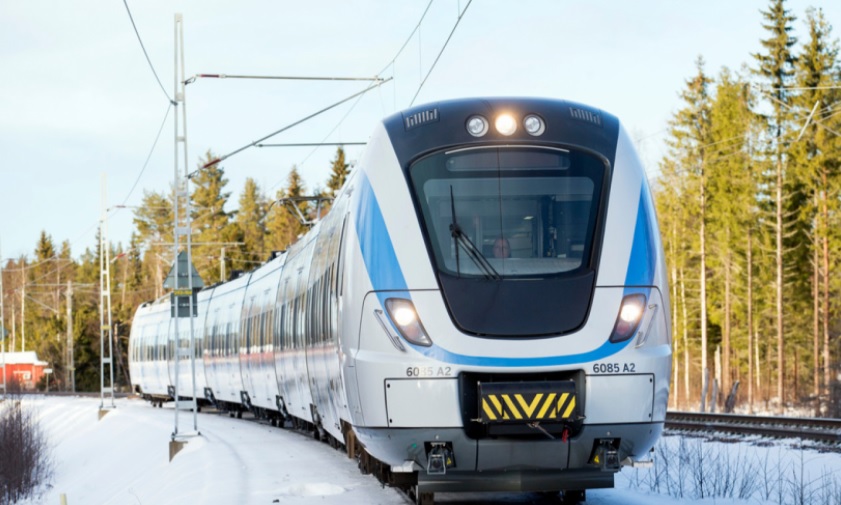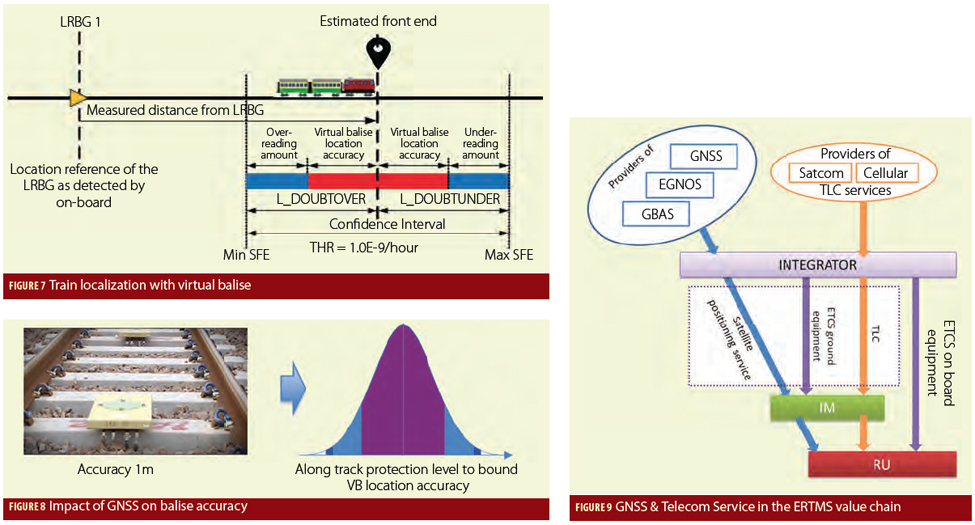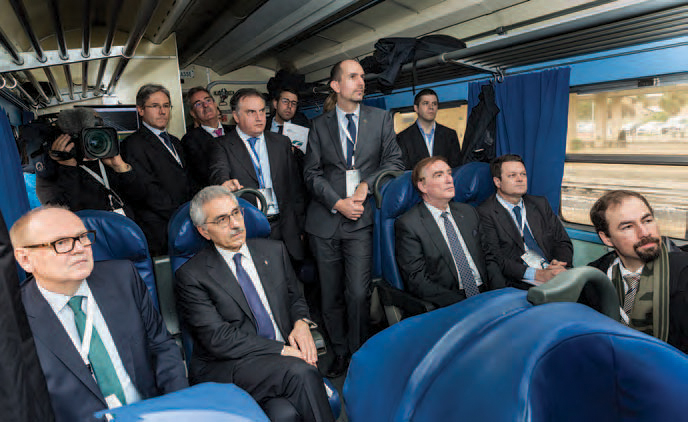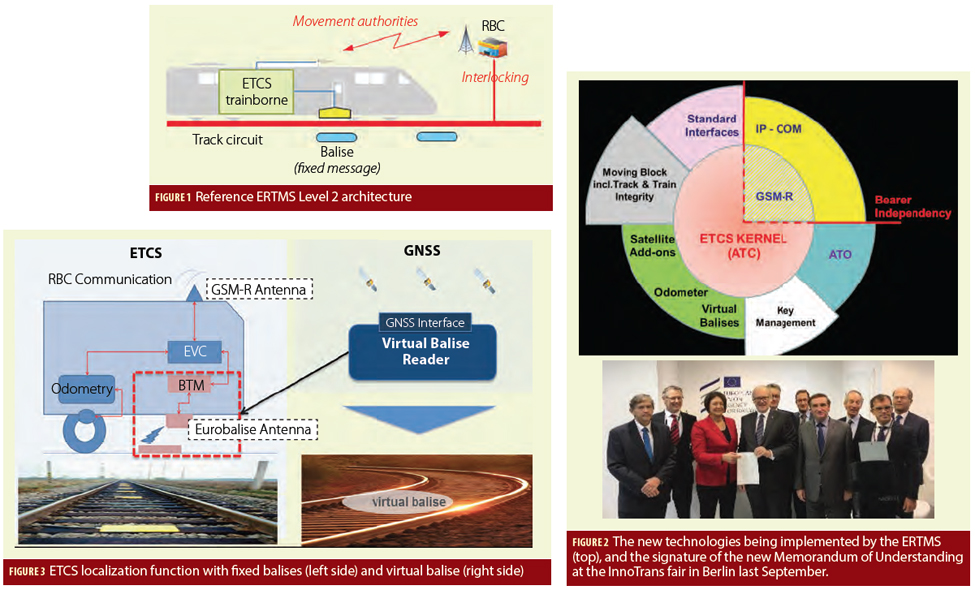Alstom, a French rail rolling stock manufacturer, has integrated certified data fusion algorithms for fail-safe train localization, using position and speed of trains based on GNSS data coming from multiple constellations including Galileo. The company deployed an odometry solution to measure the location and speed of its trains, introduceing a new sensor type with a hybridization of satellite information and inertial sensors.
The GNSS receiver is an automotive grade receiver manufactured by u-blox. The Inertial Measurement Unit (IMU) used to supplement information in case of GNSS loss is based on enhanced micro-electromechanical systems (MEMS) technology, with temperature compensation. The new odometry system based on data fusion, which Alstom is currently implementing in Norway, is applicable to all types of trains and all environments, including the harshest weather conditions. It is estimated that by 2026, 450 trains will be equipped with this new feature across Norway.
Wheel slipping and sliding especially during demanding weather conditions can affect the odometer accuracy and the proper functioning of the different sensors involved. By incorporating Galileo signals, Alstom managed to create a system that is capable of providing a more accurate speed and location estimate. This space data fusion approach, certified by Belgorail, minimizes the need for costly external radar components for localization and speed measurement that are currently in use..
As multi-constellation GNSS has been realized and multifrequency receivers more widely adopted, rail stakeholders view GNSS-based solutions as the future of European Train Control System (ETCS).






